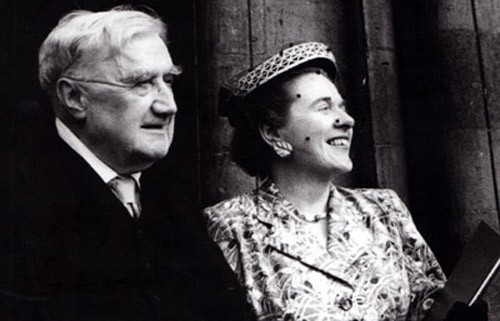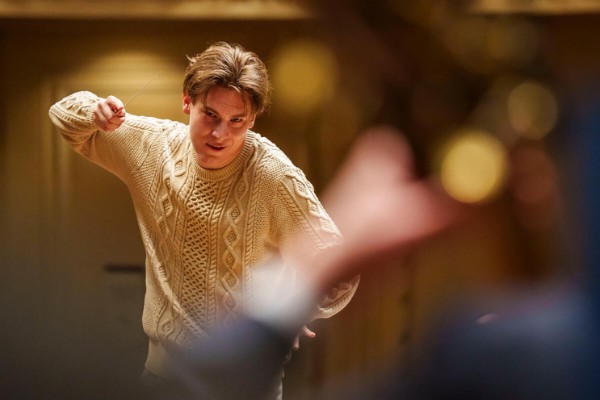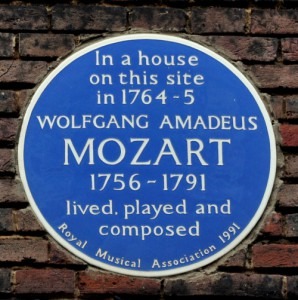
Blue Plaque for Mozart
If you’re in Paris, many of the signs you’ll see are memorials to Parisians killed during the last days of the German occupation of Paris, but when you look higher up on the walls, other memorials emerge. In the 6th arrondissement, on the rue de Condé, you’ll find this notice of the birth of the mezzo-soprano Maria Malibran:
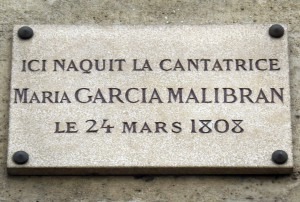
Plaque for Maria Malibran
This started us thinking about what music he composed here, just in the shadow of the Sorbonne. He wrote 4 operas, three of which received their premières in Paris; the incidental music for a play that sounds positively contemporary, Nina Zombi; a lot of sacred music, including his Requiem; much choral music; the Suite Algérienne and his Symphony No. 3; his third violin concerto and his first violin sonata, and, most famously, The Carnival of the Animals. The 12 years he lived on the rue Monsieur le Prince were very productive for him.

Plaque for Camille Saint-Saëns
Over on the boulevard Saint-Michel, we find the house where César Franck lived for his last 25 years.
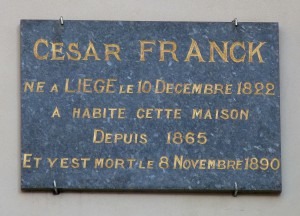
Plaque for César Franck
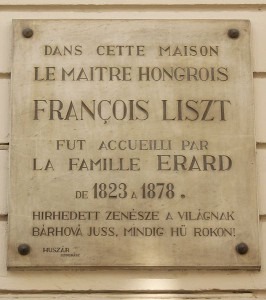
Plaque for Franz Liszt
Liszt: Étude en douze exercices, S136/R1, No. 1. Allegro con fuoco (William Wolfram, piano)
Should you find yourself in Barcelona, look for the notice of Monserrat Caballé’s birth.
Bellini: Norma, Act I: Casta diva (Monserrat Caballé, Norma; Ambrosian Opera Chorus; London Philharmonic Orchestra; Carlo Felice Cillario, Conductor)
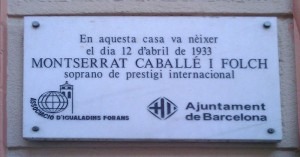
Plaque for Monserrat Caballé
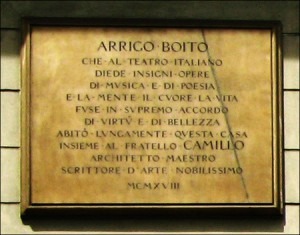
Plaque for Arrigo Boito
Verdi: Falstaff: Act III: Tutto nel mondo e burla (Dietrich Fischer-Dieskau, Falstaff; Vienna State Opera Chorus; Vienna Philharmonic Orchestra; Leonard Bernstein, cond. )
As you travel around the world, look on the walls of the cities where you’re exploring – you might find reminders of how music is so important to the life of a city.

